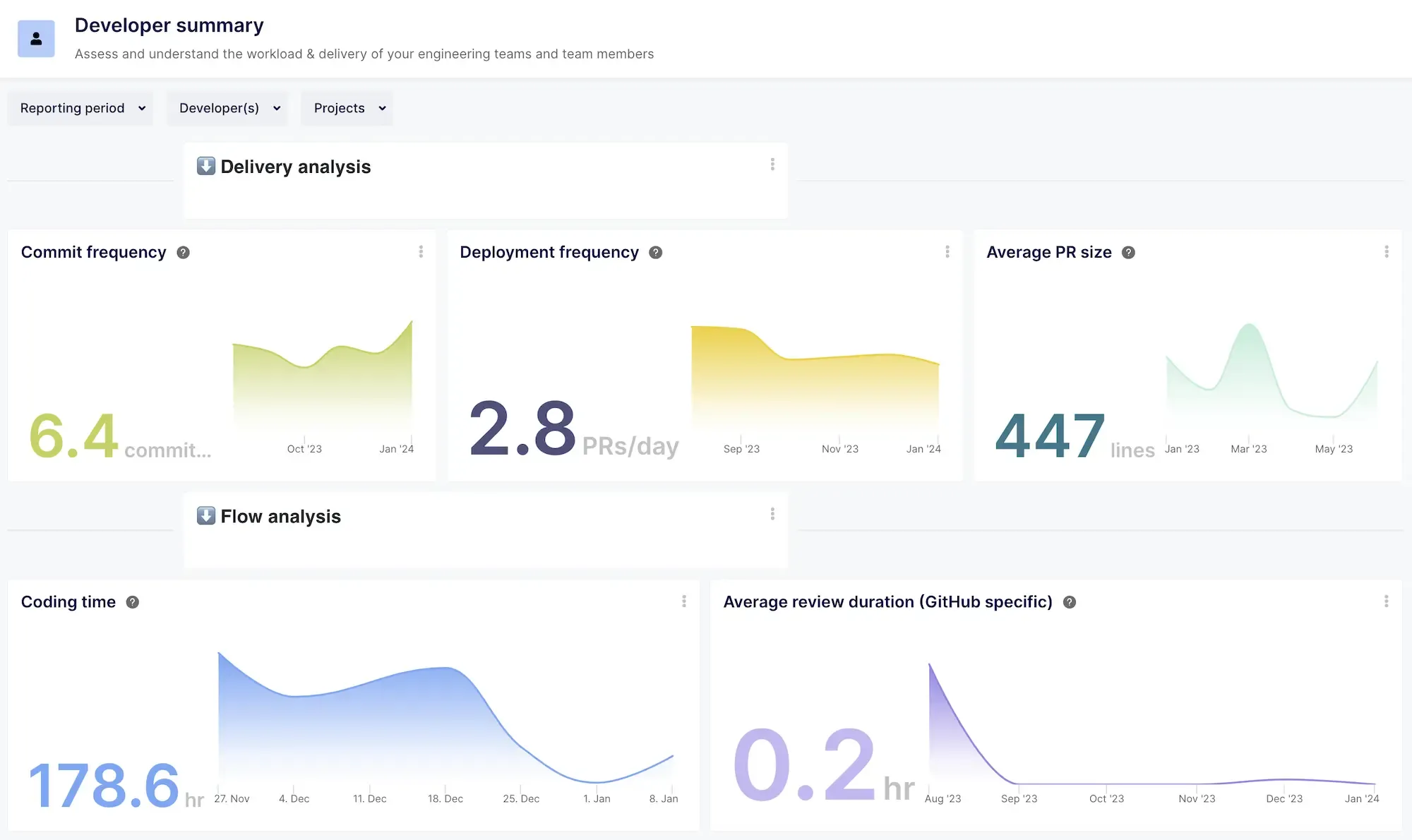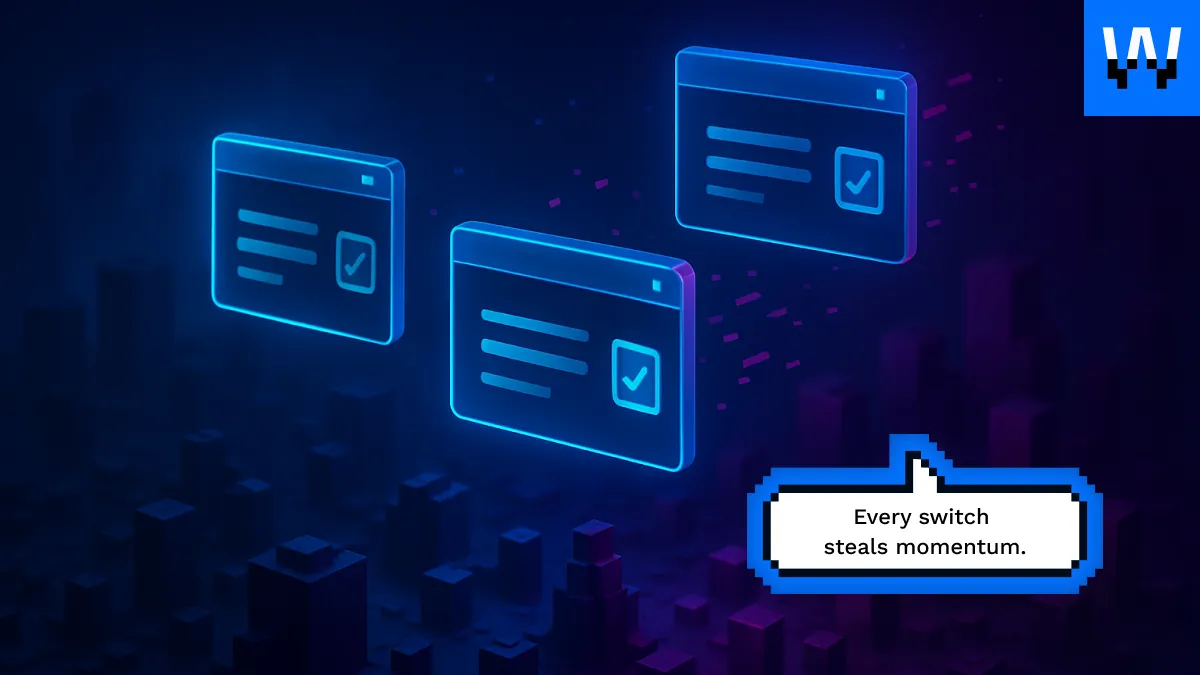How Can You Prevent Product Delays Caused by Hiring Gaps — Without Rushing the Process?
The Startup Paradox: Move Fast, But Hire Right
Every founder and CTO knows the tension: your roadmap depends on a role being filled yesterday, but hiring in a rush leads to painful misfires. Wait too long, and your release is blocked. Hire too fast, and you lose weeks (or months) cleaning up the mess.
It’s a lose-lose — unless you rethink the way you approach hiring timelines.
At Wild.Codes, we’ve worked with dozens of product teams to avoid this trap — by implementing fit-first hiring pipelines that are both fast and effective.

The True Cost of an Open Role
When a critical engineering role stays open:
- Features stall or ship late
- Existing team members burn out
- Priorities shift away from roadmap-driving work
According to McKinsey, unfilled tech roles delay delivery by 26% on average in early-stage startups.
But Bad Hires Cost Even More
Hiring fast without vetting leads to:
- Poor code quality
- Culture clashes
- High turnover within 3–6 months
- Resetting the hiring process — from scratch
In short: rushing can feel productive, but it almost always costs you more.
So how do you move fast without rushing?
You rethink what “fast” really means.
Rethinking “Speed” in Engineering Hiring
Speed doesn’t mean sending an offer after a single call. It means:
- Reducing time spent on poor-fit candidates
- Compressing time-to-impact once hired
- Minimizing rework, turnover, and roadmap resets
This Is What “Fast” Looks Like:

Wild.Codes helps founders hire on a 2-day timeline — not by rushing, but by removing friction:
- No CV roulette
- No bad interviews
- No contract/legal slowdowns
Think in Outcomes, Not Headcount
You don’t need to “fill a role.” You need to:
- Ship the mobile app
- Launch the dashboard
- Rebuild backend auth
Subscribable development lets you plug in a vetted engineer (or squad) aligned to that goal — and then swap, pause, or scale based on roadmap needs.

Build a Bench Before You Need One
The biggest mistake startup teams make? Starting the hiring process only when a blocker hits.
Solution: Create a Pre-Vetted Talent Bench
With Wild.Codes, you don’t wait until the fire starts. We help you:
- Pre-define your common dev needs (e.g., frontend sprint support, backend refactors, QA bursts)
- Match 2–3 developers per type who’ve been vetted and are ready on demand
Engage only when needed — scaling up or down monthly

This lets you:
- Keep building even when a dev leaves unexpectedly
- Add firepower during sprint crunches
- Explore new product branches without permanent hires
Backup ≠ Bloat
You’re not inflating your burn rate — you’re protecting velocity.
- No retainer fees
- No long-term contracts
- No legal or payroll hassle
Just ready-to-go engineers who match your tech, time zone, and team.
Real Example: Bench Saved the Sprint
A B2B SaaS company had a senior backend engineer resign mid-sprint. Because they had a pre-vetted bench through Wild.Codes, they onboarded a replacement in 2 days — and the feature shipped on time.
That’s product insurance you can’t get from job boards.
How to Keep Hiring Gaps from Becoming Team Burnout
An open role isn’t just a delivery risk — it’s a morale risk. When engineers are asked to do 120% of the work for weeks while hiring drags on, they:
- Burn out
- Make more mistakes
- Become resentful
- Start looking elsewhere
Preventing the Cascade
Hiring gaps can start a domino effect:
- Product velocity slows
- Pressure mounts on current team
- Quality drops, tension rises
- A second dev leaves
What began as one open role becomes a full-team crisis.

Plug the Gaps Without Burning the Team
Subscribable development changes the playbook:
- Fill critical gaps without pressuring the team
- Match developers to the sprint goals immediately
- Build a culture where no one feels like they’re carrying the company
Even if it’s temporary, bringing in a well-matched dev for 2 sprints can save morale — and retention.
Team-Led Hiring, Not Top-Down Firefighting
When you plan hiring in advance and co-design it with your engineering team:
- They trust the process
- They support onboarding
- They avoid burnout
Wild.Codes makes this easy with role templates, squad design assistance, and onboarding support.
Final Thoughts: Velocity Without Panic
You don’t need to choose between hiring slow and hiring wrong. With the right systems and partners, you can:
- Keep shipping
- Protect your team
- Hire great devs — fast, but not rushed
Wild.Codes exists to make this possible. We help tech leaders:
- Avoid bottlenecks
- Prevent burnout
- Build a bench
- Plug gaps in 48 hours

What You Can Do Today:
- Define your product-critical roles (what blocks shipping?)
- Create a flexible hiring map, not just a headcount plan
- Build your Wild.Codes bench — and use it only when needed
You’ll go from reactive to proactive. From “we’re blocked” to “we’re covered.”
Let’s stop treating hiring as crisis response — and start using it as a strategic growth lever.
• PHP expertise;
• Database management skills;
•Jungling traits, methods, objects, and classes;
• Agile & Waterfall understanding and use;
• Soft skills (a good team player, high-level communication, excellent problem-solving background, and many more)
• OOP & MVS deep understanding;
• Knowledge of the mechanism of how to manage project frameworks;
• Understanding of the business logic the project meets;
• Cloud computing & APIs expertise.
• Reasonable life-work balance;
• The opportunity to implement the server-side logic via Laravel algorithms;
• Hassle-free interaction with back-end and front-end devs;
• Strong debugging profile.
• Using HTML, XHTML, SGML, and similar markup languages
• Improving the usability of the digital product
• Prototyping & collaboration with back-end JS experts
• Delivery of high-standard graphics and graphic-related solutions
• Using JS frameworks (AngularJS, VueJS, ReactJS, etc
• Clean coding delivery and timely debugging & troubleshooting solution delivery
• UI testing and collaboration with front-end JS teammates
• Database experience
• Building APIs while using REST or similar tech solutions
• Collaboration with project managers and other devs
• Delivery of design architecture solutions
• Creation of designs & databases
• Implementation of data protection and web cybersecurity strategies.
• Both front-end and back-end qualifications










